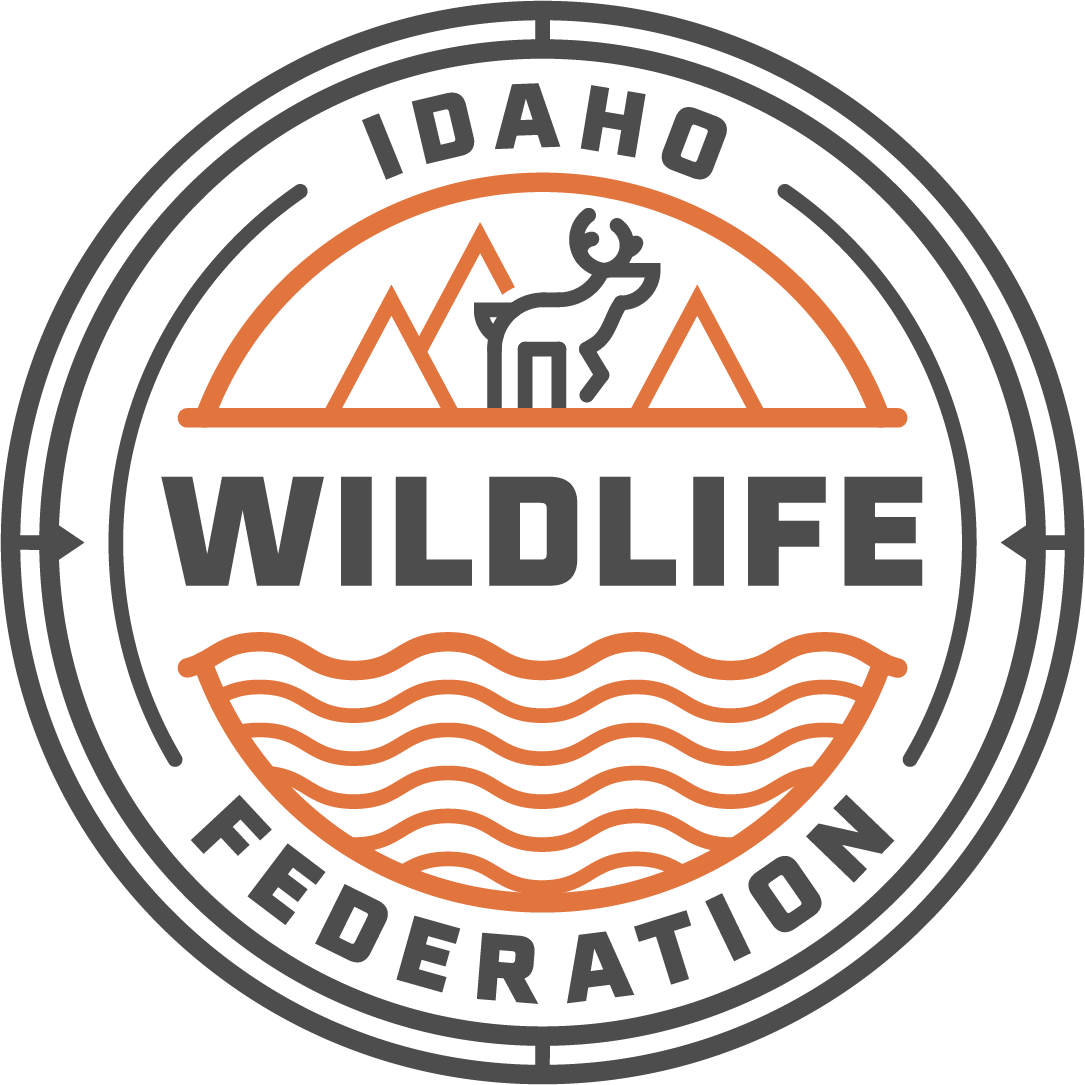Payette Lake Endowment Lands Subject to Sale
Endowment lands near McCall have been in the hot seat for much of the past year.
In June, Trident Holdings LLC released their informal proposal to privatize and develop as much as 28,000 acres surrounding Payette Lakes. Not surprisingly, the proposal was met with significant pushback from Idahoans and sent Trident back to the drawing board.
Trident’s proposal was roundly rejected thanks to public comment. However, the future ownership and management of some large endowment parcels in the area are still in question. In December, the Idaho Department of Lands (IDL) released its’ draft Payette Endowment Land Strategy for public consumption.
What’s in the Plan?
The Draft Strategy outlines how IDL will manage endowment lands around McCall for the next 20 years. While Trident’s proposal would have privatized 28,000 acres around McCall, IDL’s plan largely pushes such an audacious notion aside, narrowing their assessment to 5,478 acres closest to McCall, called the “Area of Impact.”
IDL’s Draft Strategy outlines short, mid, and long-term timeframes and plans for specific properties within the Area of Impact:
Tier I- Planned transition (sale or disposition) in the next 1-5 years.
Tier II- Probable transition, but additional planning processes needed to move forward with sale.
Tier III- Feasible transition over the next 10-20 years.
Tier IV: Transition not Planned. Continue with current management and maintain in the Endowment Portfolio.
Some specific parcels identified in Tier I and II do not represent high quality, expansive wildlife habitat (some parcels are less than 20 acres and fall within commercial zoning) or are adjacent to existing housing. IWF believes IDL’s management of those those parcels should be guided by the local citizens to best serve their community.
However, there are a handful of properties classified as Transition Lands that IWF is concerned for future management direction due to the high value to fish (and water quality), wildlife habitat, hunting, fishing, trapping, and recreational access. Tier III and IV parcels represent large portions of land on the North, West, and East sides of Payette Lake that also provide access opportunities to National Forest Lands beyond. Together, these parcels provide a safe corridor for migration of various big game species from adjacent National Forest lands down to winter habitat as well as wetland habitat that contributes to overall Payette Lake ecosystem health. To put it simply- losing these lands to development would be a significant loss of wildlife habitat and public access if subject to sale and privatization.
What can be done?
IDL does not have to sell off everything to maximize their revenue, and it’s obvious they know that. IDL sees value in the majority of this larger landscape staying within their management to generate revenue- of the 28,000 acres Trident claimed needed to be turned over, IDL has identified only a handful of properties that need to be assessed for its current use and revenue generation.
IWF is recommending that IDL develops protocol to asses conservation easements on these larger Tier III and IV parcels (E, G, H, I, and J). Conservation easements from local land trusts can generate additional sources of revenue while still allowing management activities to occur. Remember- these parcels have high property values and comparatively low revenue generation from management activities. Conservation easements have the potential to reduce the revenue gap that exists without requiring a sale and loss of lands from the endowment portfolio.
COMMENT NOW! YOUR VOICE CAN HELP SHAPE THE OUTCOME of THE FINAL Payette Endowment Land Strategy.
Need some help formulating your comments? Here’s some sample language to get you started:
First, be sure to state your name and where you live .
“The state endowment lands around McCall mean a great deal to me/my family/my community because _______.”
“I urge the Idaho Department of Lands to take a conservation-minded approach when assessing larger, ecologically and economically vital endowment land parcels. In the long-term, these lands can generate additional sources of revenue for the state while still allowing active management.”
And of course, don’t forget to thank IDL for the opportunity to provide comments.

